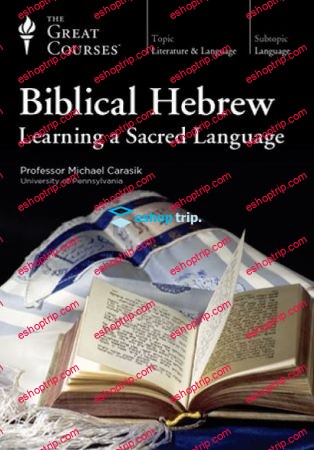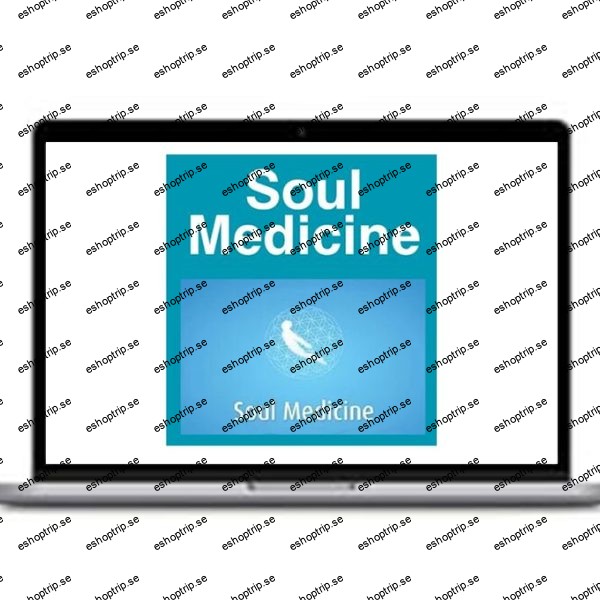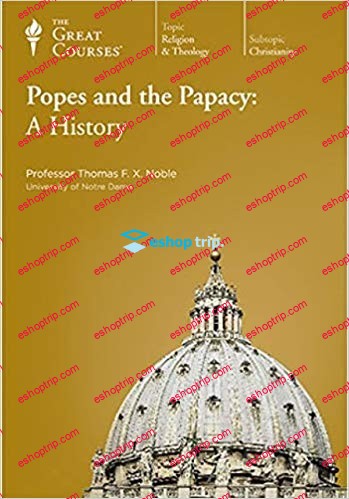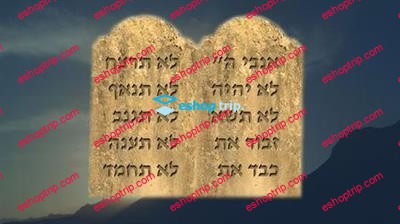Most of us first encounter the Hebrew Bible (what Christians call the Old Testament) in translation. We, therefore view it through the lens of someone else’s interpretation, however venerable that interpretation may be. But for many centuries, before translations made the text of the Bible accessible to people around the world, it was read and interpreted in its original language, ancient Hebrew. Jews continue to read the Bible in that language today, and so can you.
Full Description
Biblical Hebrew was the language of ancient Israel. It is an archaic form of the modern Hebrew that is spoken on the streets of present-day Jerusalem; the relationship between the two is akin to that between Shakespearean English and modern English. Biblical Hebrew is no longer used in casual conversation, but it remains at the heart of Jewish worship.
What can be gained by learning to read and understand the the Hebrew Bible in its original language?
According to Professor Michael Carasik of the University of Pennsylvania, who has spent his career studying and translating the Hebrew Bible, it’s about deepening one’s knowledge and appreciation of this profound work. By learning how to read the Bible in Hebrew, you’ll be able to:
Reach your own conclusions about what its stories really mean,
Enhance your appreciation of its un-translatable literary artistry, and
Gain new understanding of ancient history and the roots of the three great Abrahamic religions.
Professor Carasik has designed this 36-lecture course, Biblical Hebrew: Learning a Sacred Language, to be your authoritative primer on everything from the Hebrew alphabet and punctuation marks to essential vocabulary words to advanced grammatical rules. Whether you’re just starting out on a study of Hebrew or you already know the basics, these lectures are a helpful resource that will contextualize the language for you with a line-by-line reading of passages—and ultimately an entire chapter—from the Hebrew Bible. They’re meant not just to teach you Biblical Hebrew, but to equip you to explore one of the world’s greatest books in its original language on your own. And they’re crafted to help you learn in what Professor Carasik calls the va-yomer-elohim way: not through rote memorization, but by hearing this fascinating language and speaking it aloud and reading it and practicing it—the same way we all learned our native language.
Biblical Hebrew—Taught Holistically
“In Hebrew, you don’t want to rely on a single trick for anything,” Professor Carasik notes. “You want to learn holistically. It takes time, but that’s the more natural way to learn a language.”
Using this methodical, holistic approach, the lectures of Biblical Hebrew cover all the fundamentals of the language. The course is a cumulative learning experience that rewards following the lectures in order, so that as you progress, your understanding of Biblical Hebrew not only broadens but also deepens.
Here are just a few of the many building blocks of the language you’ll explore in depth:
Alphabet: From the silent letter aleph to the t-sounding tav, you’ll learn the letters of the Hebrew alphabet and how to pronounce them (all with the help of a little song).
Numbers: Numbers in Hebrew have a gender, and depending on what you’re counting, the number is either masculine or feminine. You’ll learn how to count to 10,000, how to list things in order, how to refer to a pair of things, and more.
Punctuation: One function of punctuation and accent marks in Hebrew is musical. How so? When the Bible is read out loud in a synagogue service, its words are not supposed to be spoken but chanted.
Adjectives: In Hebrew, adjectives are regularly used like nouns. Take, for example, shofet: an adjective from the verb meaning “to judge” that can be used to say either “I am judging” or “I am a judge.” The Hebrew name for the book of Judges is Sefer Shoftim, which could more literally be called “the book of Judgers.”
Verbs: The Biblical Hebrew verb system consists of five forms: perfect, imperfect, infinitive, imperative, and participle. Along with these, you’ll also learn about Hebrew’s verb roots and master verb stem identifications (known as binyanim), including Qal, Pu’al, Hiphil, Niphal, and Hitpa’el.
As you build on your understanding, you’ll acquire a host of new insights into both Biblical Hebrew and the Hebrew Bible.
Toward the end of the 1st millennium CE, Jews began to develop various systems to indicate how vowels should be pronounced—including the Tiberian system that is still used today. This change was probably made in response to what Muslims were doing with the Koran.
God’s personal name, according to the Bible, is a four-letter word: yud, hey, vav, and another hey. This name, which Jews don’t pronounce, is called the “Tetragrammaton,” after the Greek for “four-letter word.”
The Genesis passage, “…and darkness was over the face of the deep,” actually reads “…and darkness was over the face of Deep.” The word for “Deep” comes from Tiamat, the name of a Mesopotamian goddess, making the reference a hidden polemic against Mesopotamian theology.
Of the several Bibles that Professor Carasik recommends for study, the one that scholars use is the Biblia Hebraica Stuttgartensia. The text of this Bible is based on the famous “Leningrad Codex,” the oldest complete Hebrew Bible manuscript still in one piece.
“Biblical Hebrew Calisthenics”
“To be able to open the Bible and read it in the original language,” Professor Carasik says, “you need to get in shape—and keep yourself in shape.”
Throughout Biblical Hebrew, you’ll exercise your knowledge through what Professor Carasik calls “Biblical Hebrew calisthenics”: close readings of lines, passages, and chapters from the Bible in Hebrew that will help you build your language skills.
Focusing primarily on the prose narratives of Genesis through Kings, you’ll discover new layers of meaning in stories, lines, and words that have resounded throughout the centuries and served as the backbone for some of the world’s greatest faiths. Toward the end of the course, you will have the opportunity to test your knowledge with a multi-lecture reading of an entire chapter from the Hebrew Bible: Numbers 22.
As with any language, ancient or modern, practice makes perfect. To that end, every lecture in Biblical Hebrew concludes with a practice problem or challenge designed to sharpen the skills you’ve learned.
A Companion for Your Explorations
With Biblical Hebrew, you’ll learn from an expert whose teaching and writing (including English translations of biblical commentaries) is built around the proposition that this language can be read by any layperson with an appetite for learning.
The wealth of on-screen graphics featured in these lectures adds a critical visual element that will enable you to master everything from how sentences are organized and written to common Hebrew idioms. There’s also a valuable workbook included that’s packed with vocabulary lists, conjugation tables, exercises, and other helpful resources to use when you’re reading on your own.
And when you reach the end of the course (k’tzeh ha-kurs), you still won’t have reached the end of your learning (k’tzeh limmudekha). “Pause or back up or go back to the beginning of any lecture at any time, as many times as you need to,” Professor Carasik says. “That kind of repetition is all part of learning a language.”
Biblical Hebrew is designed to be a companion wherever your explorations of the language and the Bible take you. Whether your interests are linguistic, literary, religious, or historical, it’s a course you can—and should—return to again and again.











Reviews
There are no reviews yet.